Exhibition dates: 13th September 2016 – 29th January 2017
William Leavitt (American, b. 1941)
Innuendo
Negative 1995; print about 2008
Gelatin silver print
27.9 × 35.5cm (11 × 14 in.)
The J. Paul Getty Museum, Los Angeles
© William Leavitt
Again, telling stories with pictures…
Lyrical, ambiguous juxtapositions abound.
Hand, clock, motel, scream, bird, body, river, stairs, hand.
Latent = (of a quality or state) existing but not yet developed or manifest; hidden or concealed.
Unresolved. Interchangeable.
Marcus
Many thankx to the J. Paul Getty Museum for allowing me to publish the photographs in the posting. Please click on the photographs for a larger version of the image.
“This exhibition features multipart photographic works by four contemporary artists: William Leavitt, Liza Ryan, Fazal Sheikh, and Whitney Hubbs. Juxtaposing images of people, places, and things, the works present fragmentary, enigmatic narratives that nonetheless establish a powerful, almost palpable atmosphere or mood. When sequenced by the artist in a specific order, the images recall storyboards used for motion pictures. When excerpted from a larger series, they suggest a stream-of-consciousness meditation on a theme.
By providing the visual cues or markers of stories still to be played out, these photographs encourage visitors to participate in completing the narratives. On view for the first time at the Getty, all the works in the exhibition are recent acquisitions drawn from the Museum’s permanent collection. Several were donated or purchased with funds provided by our donors, whom we would like to thank for their generosity.”
Text from the J. Paul Getty Museum
William Leavitt (American, b. 1941)
Spectral Analysis
Negative 1977; print about 2008
Chromogenic print
Framed: 42.9 × 154.6cm (16 7/8 × 60 7/8 in.)
The J. Paul Getty Museum, Los Angeles
© William Leavitt
William Leavitt
Based in Los Angeles, Leavitt is closely tied to West Coast Conceptualism, and frequently references L.A.’s entertainment industry and vernacular culture in his work, which includes performance, installation, sculpture, painting, and photography. Spectral Analysis (1977) is a triptych of photographs based on his one-act play of the same name, which featured a man and woman in conversation within a set furnished with a starburst light fixture, a sofa, a side table with a portable television, and a long beige curtain into which a rainbow of colour is projected. The four photographs of Innuendo (1995) depict the lobby of an apartment building, a painting of a fountain, a painting of a motel in East L.A., and a circular UFO-like construction made of PVC pipe. These images provide the loose structure of a narrative that moves unseen actors from one location to the next, suggesting the atmosphere of film noir.
Liza Ryan (American, b. 1965)
Spill
2009
Inkjet print
Panel: 30.8 × 175.3 × 4.4cm (12 1/8 × 43 3/4 × 1 3/4 in.)
The J. Paul Getty Museum, Los Angeles
Gift of Manfred Heiting in honour of Hanna Wise Heiting
© Liza Ryan
Liza Ryan (American, b. 1965)
Spill
2009
Inkjet print
Panel: 30.8 × 161.6 × 4.4cm (12 1/8 × 63 5/8 × 1 3/4 in.)
The J. Paul Getty Museum, Los Angeles
Gift of Manfred Heiting in honour of Hanna Wise Heiting
© Liza Ryan
Liza Ryan
Working primarily in photography and video, Ryan often incorporates references from literature, poetry, and film to introduce additional layers of meaning. By cutting, collaging, and grouping her photographs and installing them in a manner that borrows from sculpture, she establishes evocative associative relationships between multiple images. Measuring thirty feet in length, Spill (2009) is a running band of cinematic narrative that alternates images of the human body and nature. Ryan poured India ink onto the surface of the prints, coaxing the pigment into a continuous, organic line that links the 23 frames as it wends its way from a primal scream at far left to an intimate touch at right.
Liza Ryan (American, b. 1965)
Spill
2009
Inkjet print
Panel: 30.8 × 111.1 × 4.4cm (12 1/8 × 69 × 1 3/4 in.)
The J. Paul Getty Museum, Los Angeles
Gift of Manfred Heiting in honour of Hanna Wise Heiting
© Liza Ryan
Liza Ryan (American, b. 1965)
Spill
2009
Inkjet print
Panel: 30.8 × 184.2 × 4.4cm (12 1/8 × 61 1/2 × 1 3/4 in.)
The J. Paul Getty Museum, Los Angeles
Gift of Manfred Heiting in honour of Hanna Wise Heiting
© Liza Ryan
Liza Ryan (American, b. 1965)
Spill
2009
Inkjet print
Panel: 30.8 × 156.2 × 4.4cm (12 1/8 × 51 3/8 × 1 3/4 in.)
The J. Paul Getty Museum, Los Angeles
Gift of Manfred Heiting in honour of Hanna Wise Heiting
© Liza Ryan
Liza Ryan (American, b. 1965)
Spill
2009
Inkjet print
Panel: 30.8 × 130.5 × 4.4cm (12 1/8 × 51 3/8 × 1 3/4 in.)
The J. Paul Getty Museum, Los Angeles
Gift of Manfred Heiting in honour of Hanna Wise Heiting
© Liza Ryan
A painting of a motel in East Los Angeles. A primal scream. A funeral bier. A woman crouching in a bed of shrubs. These ambiguous images are each components within larger photographic works that juxtapose images of people, places, and things to present fragmentary, enigmatic narratives. Recent Acquisitions in Focus: Latent Narratives, on view September 13, 2016 – January 29, 2017 at the J. Paul Getty Museum, Getty Center, presents works by contemporary artists William Leavitt (American, born 1941), Liza Ryan (American, born 1965), Fazal Sheikh (American, born 1964), and Whitney Hubbs (American, born 1977). By providing the visual cues or markers of stories still to be played out, the works in the exhibition establish a powerful atmosphere and mood, and encourage viewers to take part in completing the narrative. On view at the Getty Museum for the first time since acquired, many of the works in the exhibition were donated or purchased with funds provided by donors.
“The Museum’s ‘In Focus’ gallery has generally been used to provide a thematic cross section of our photographs collection. This exhibition represents a slight departure in that it covers several recent acquisitions by artists of different generations, all of whom share an interest in telling stories with pictures,” explains Timothy Potts, director of the J. Paul Getty Museum. “These works are mostly non-linear narratives that require close attention to symbolism, mood, and seemingly insignificant details that create an overall story. In much the same way as pieces of a puzzle create a complete image, these multi-part works are reminiscent of storyboards used in motion pictures to provide an outline of a visual narrative that still needs to be played out.”
Press release from the J. Paul Getty Museum
Fazal Sheikh (American, b. 1964)
Ether
2008-2011
Inkjet print
Image: 13.3 × 20cm (5 1/4 × 7 7/8 in.)
Mount: 39.4 × 28cm (15 1/2 × 11 in.)
The J. Paul Getty Museum, Los Angeles
Purchased with funds provided by Joseph Cohen
© Fazal Sheikh
Fazal Sheikh
Fazal Sheikh is best-known for documenting displaced communities all over the world. Executed in black and white with a large-format camera, his photographs typically portray the victims of human rights violations and social injustices, serving as a call to action. For the series Ether (2008-2011), Sheikh traveled to Varanasi (also known as Benares, Banaras, or Kashi), a city located on the banks of the Ganges River in northern India. Hindu pilgrims bring their deceased to this holy site for cremation, believing that the soul will ascend to heaven and be freed from the eternal cycle of reincarnation. Rendered in luminous, jewel-like tones, these photographs (his first images in colour) highlight the vulnerability of subjects captured in the still of night or during early morning hours. Excerpted from the larger series, the four images presented – a sleeping man, sleeping dogs, a funeral bier, and burning embers – suggest the narrative progression of a pilgrimage. Collectively they can be seen as a meditation on the cyclical nature of life, as well as on the universal yet elusive experience of dreams.
Fazal Sheikh (American, b. 1964)
Ether
2008-2011
Inkjet print
Image: 13.3 × 20cm (5 1/4 × 7 7/8 in.)
Mount: 39.4 × 28cm (15 1/2 × 11 in.)
The J. Paul Getty Museum, Los Angeles
Purchased with funds provided by Joseph Cohen
© Fazal Sheikh
Whitney Hubbs (American, b. 1977)
Untitled (Hair)
2012
Gelatin silver print
Sheet: 50.8 × 60.9cm (20 × 24 in.)
Framed: 51.1 × 61.3cm (20 1/8 × 24 1/8 in.)
The J. Paul Getty Museum, Los Angeles
Purchased in part with funds provided by Leslie, Judith, and Gabrielle Schreyer
© Whitney Hubbs
Whitney Hubbs (American, b. 1977)
Untitled (Stairs)
2012
Gelatin silver print
Sheet: 47 × 59.7cm (18 1/2 × 23 1/2 in.)
Framed: 48 × 60.7cm (18 7/8 × 23 7/8 in.)
The J. Paul Getty Museum, Los Angeles
Purchased in part with funds provided by Leslie, Judith, and Gabrielle Schreyer
© Whitney Hubbs
Whitney Hubbs (American, b. 1977)
Untitled (Baby)
2012
Gelatin silver print
Sheet: 50.8 × 60.9cm (20 × 24 in.)
Framed: 51.4 × 61.6cm (20 1/4 × 24 1/4 in.)
The J. Paul Getty Museum, Los Angeles
Gift of the artist and M+B, Los Angeles
© Whitney Hubbs
Whitney Hubbs
Hubbs’s installations of richly detailed gelatin silver prints in various sizes create lyrical but ambiguous juxtapositions. Citing music as an important influence, Hubbs is more interested in establishing a mood than in conveying a clear-cut narrative. The five images in the exhibition – a rock formation, a building entry, a set of stairs, a woman crouching in a bed of shrubs, and a baby lying on a blanket – are taken from the series The Song Itself Is Already a Skip (2012). The title of the work was inspired by a passage of text by French philosopher Gilles Deleuze (1925-1995) that discusses the oscillation between order and chaos. The deep blacks of Hubbs’s meticulously printed photographs lend ominous overtones to her dreamlike imagery.
“The idea of a latent narrative is particularly pertinent to photographic images, which remain invisible to us between the moment of exposure and the moment of development,” says Virginia Heckert, head of the Getty Museum’s Department of Photographs and curator of the exhibition. “As much as we might want to know what the artist intended by bringing together diverse images, it is equally interesting to see how viewers interpret the relationship between images and bring to life their own narratives.”
Press release from the J. Paul Getty Museum
Whitney Hubbs (American, b. 1977)
Untitled (Entryway)
2012
Gelatin silver print
Sheet: 34.3 × 27 cm (13 1/2 × 10 5/8 in.)
Framed: 35.6 × 27.9 cm (14 × 11 in.)
The J. Paul Getty Museum, Los Angeles
Purchased in part with funds provided by Leslie, Judith, and Gabrielle Schreyer
© Whitney Hubbs
The J. Paul Getty Museum
1200 Getty Center Drive
Los Angeles, California 90049
Opening hours:
Daily 10am – 5.30pm









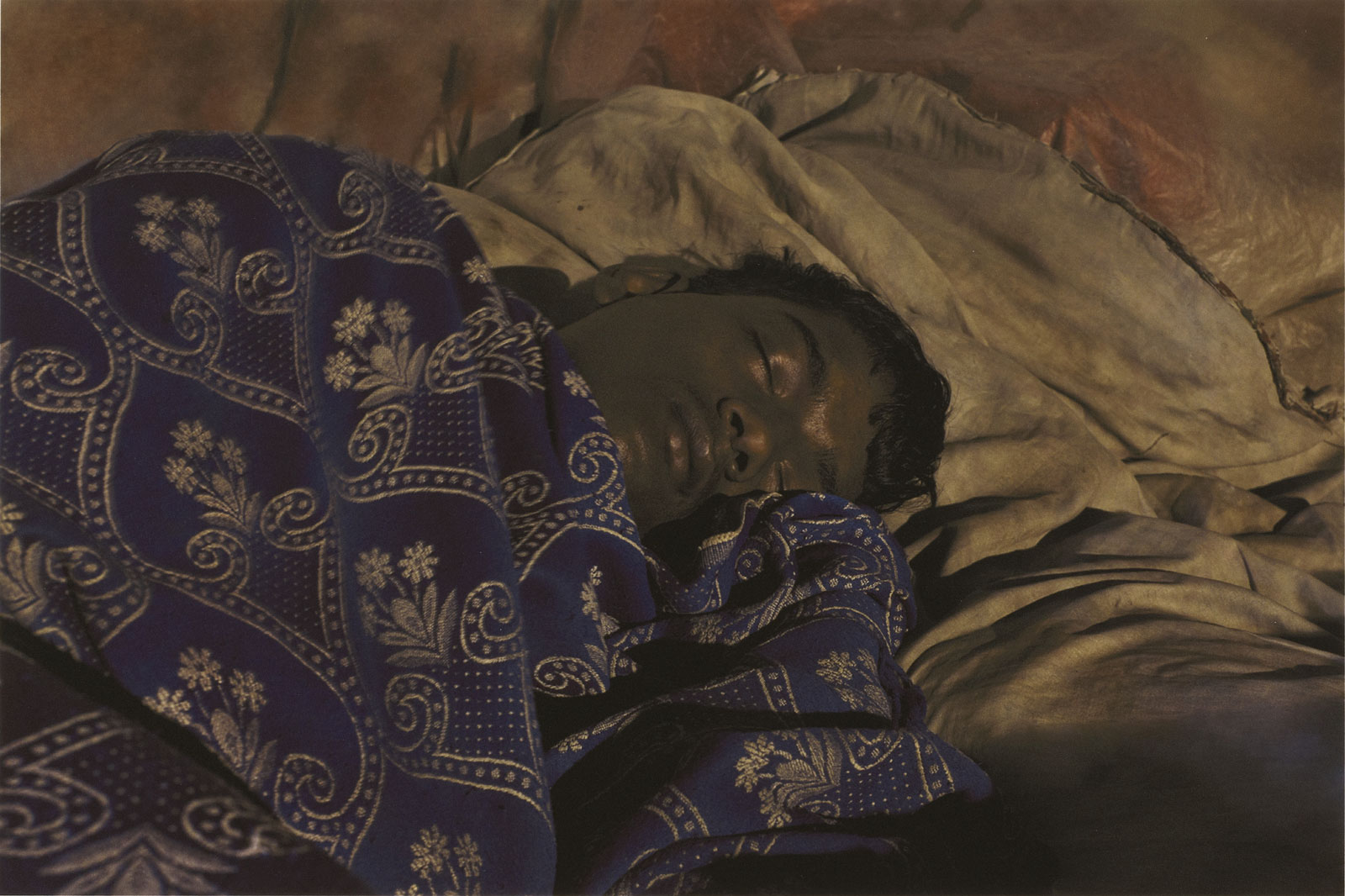



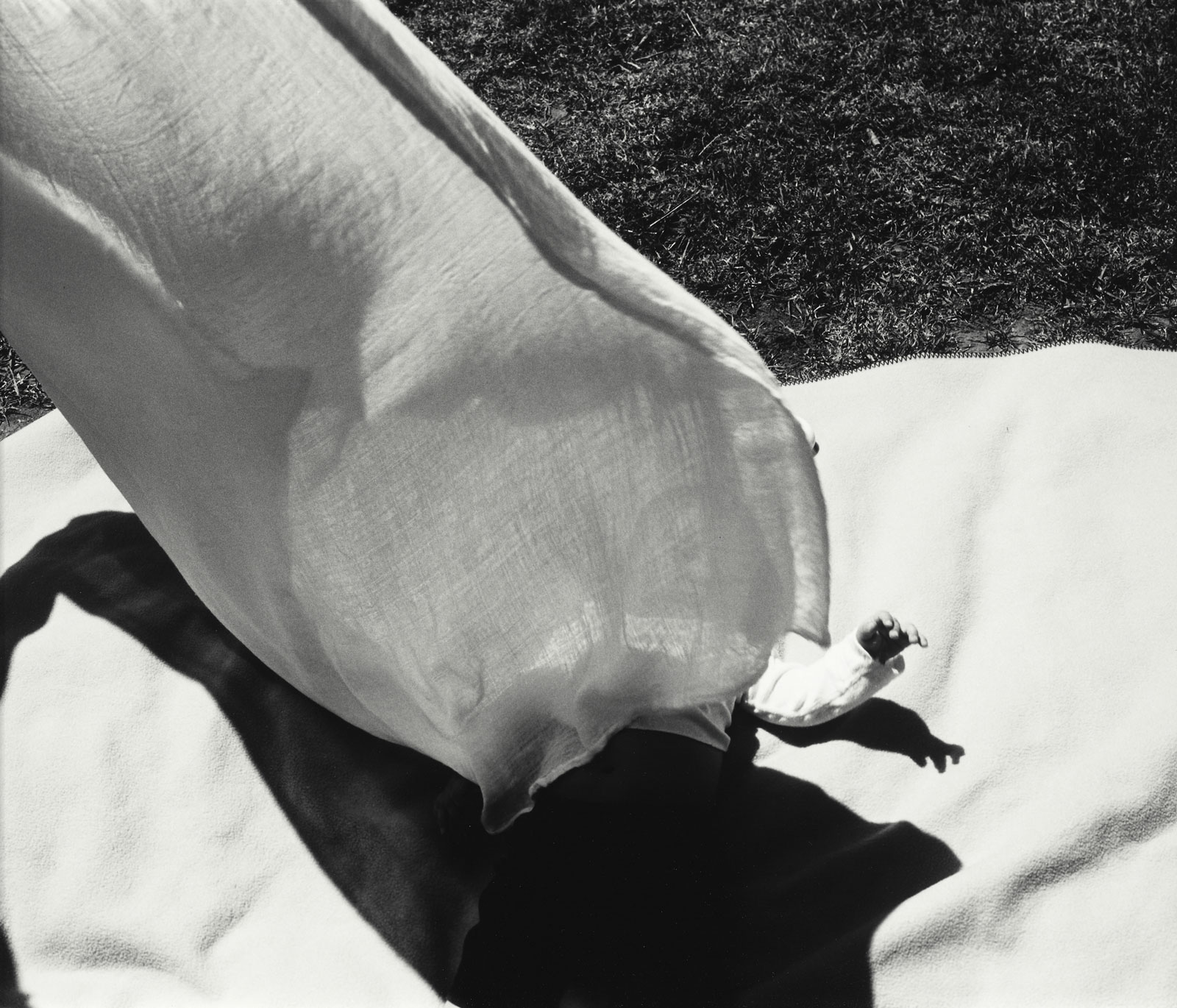

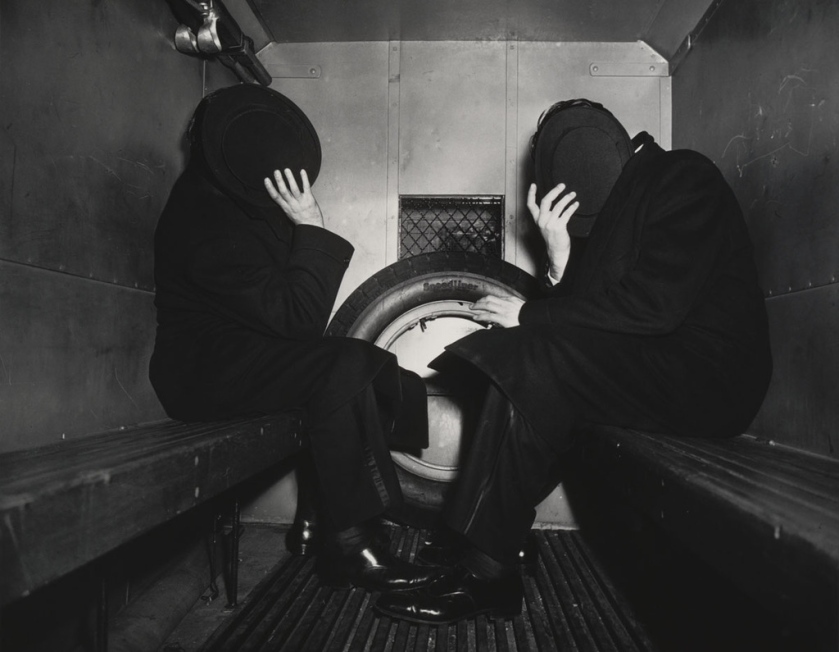




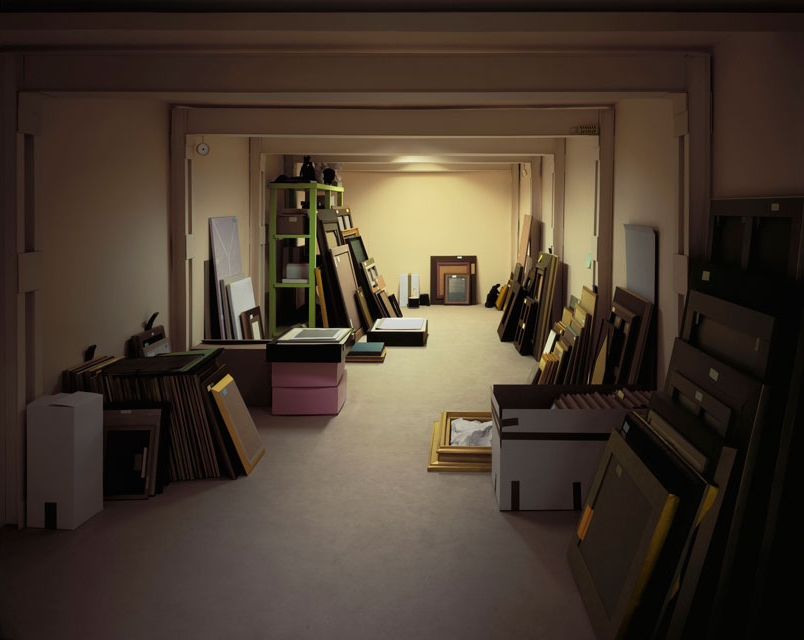
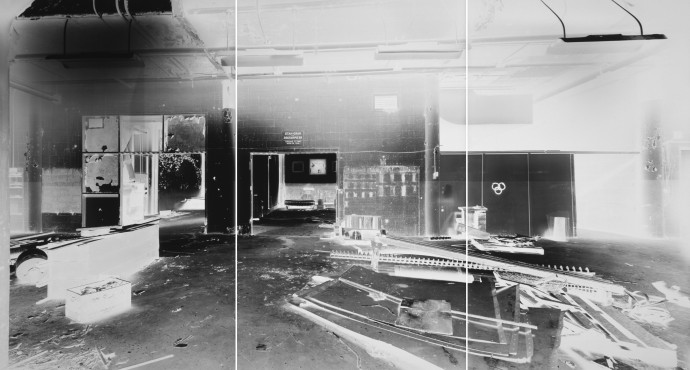

![Helen Levitt (American, 1913-2009) [Kids in a Box, on the Street, New York City] c. 1942](https://artblart.com/wp-content/uploads/2014/08/kids-levitt-web.jpg?w=840)
![Helen Levitt (American, 1913-2009) [Kids on the Street Playing Hide and Seek, New York City] c. 1942](https://artblart.com/wp-content/uploads/2014/08/levitt-hide.jpg?w=840)
![Attributed to Juliette Alexandre-Bisson (French, 1861-1956) [Birth of Ectoplasm During Séance with the Medium Eva C.] 1919-20](https://artblart.com/wp-content/uploads/2014/08/birth-of-ectoplasm-web.jpg?w=840)
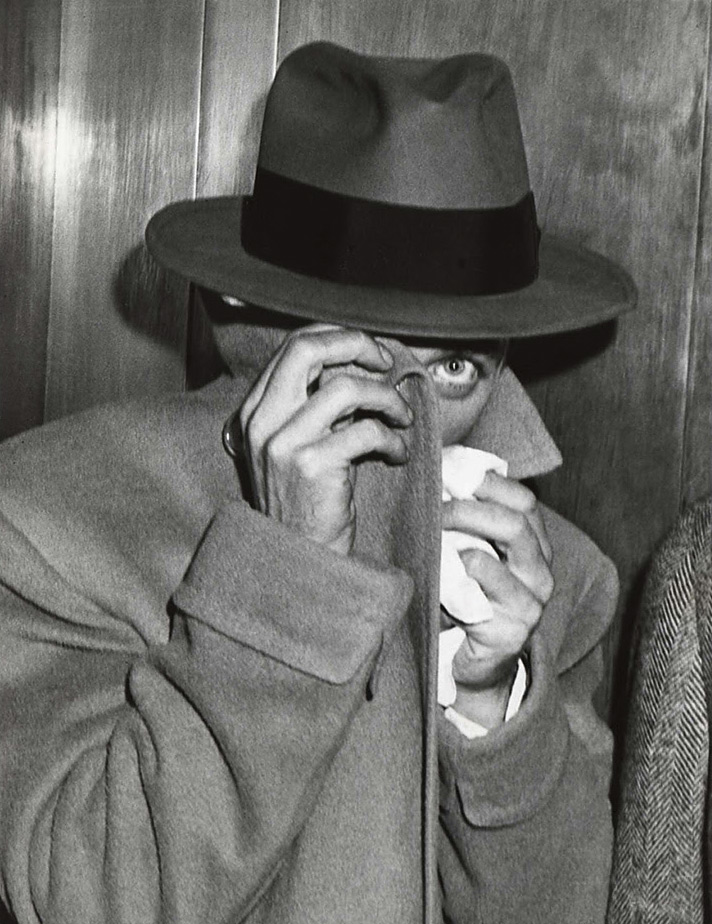
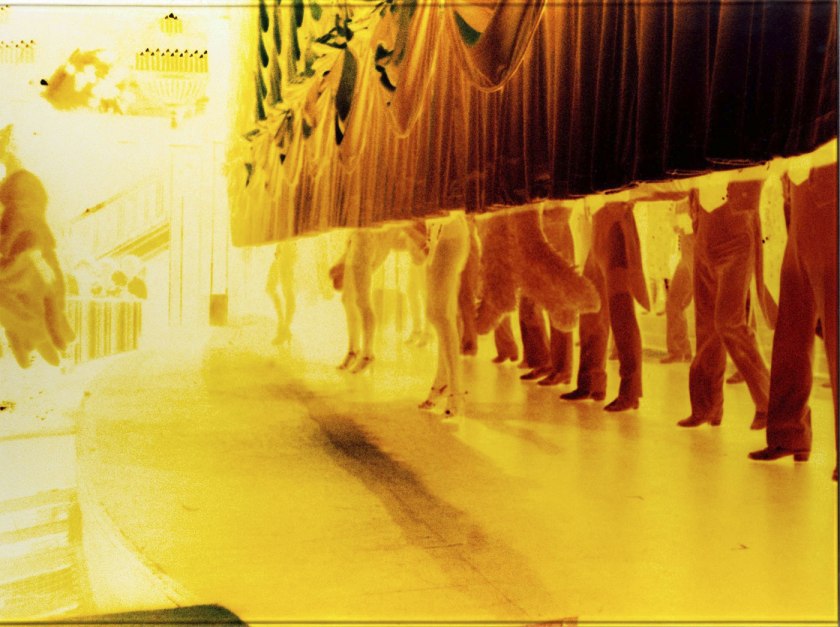

You must be logged in to post a comment.